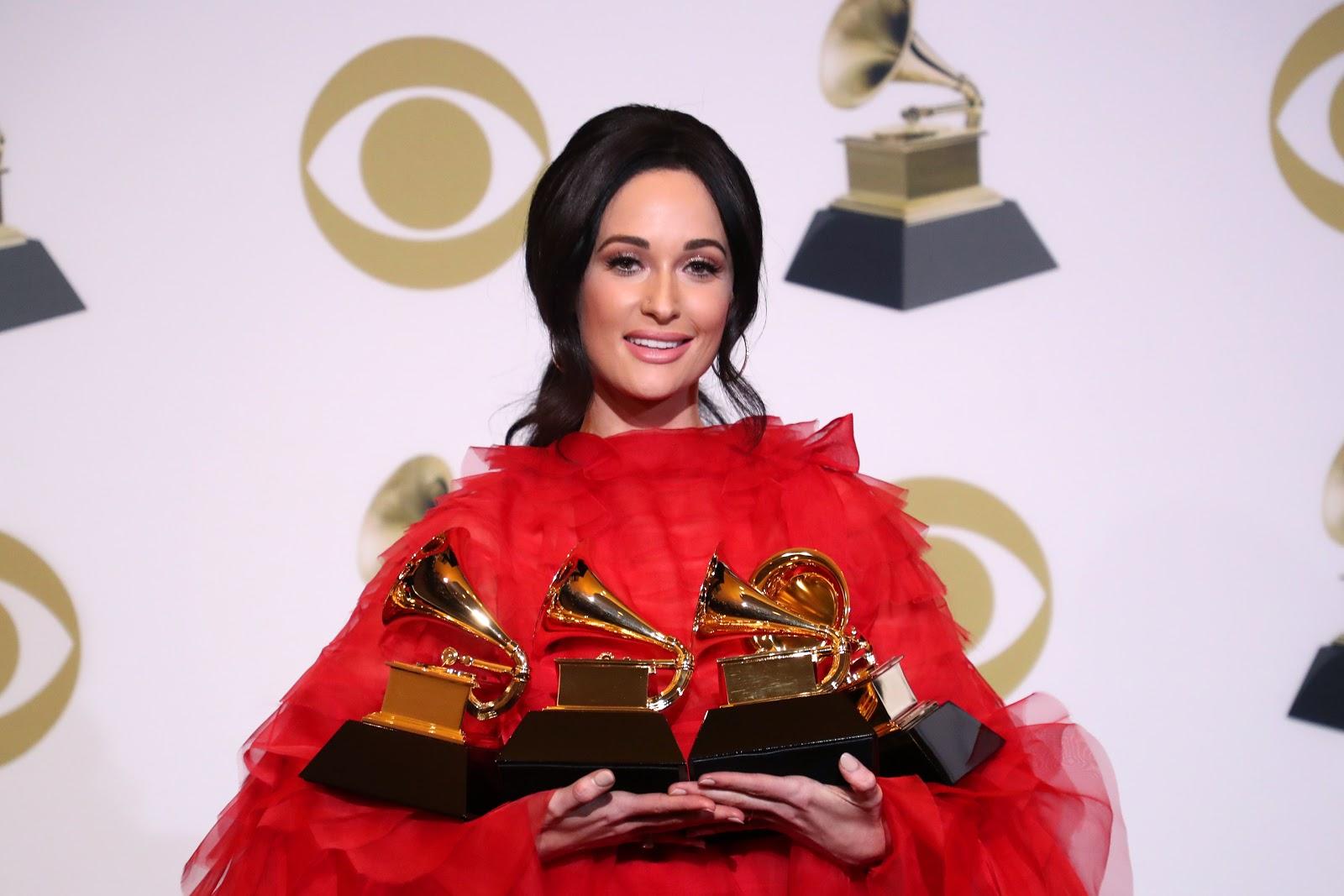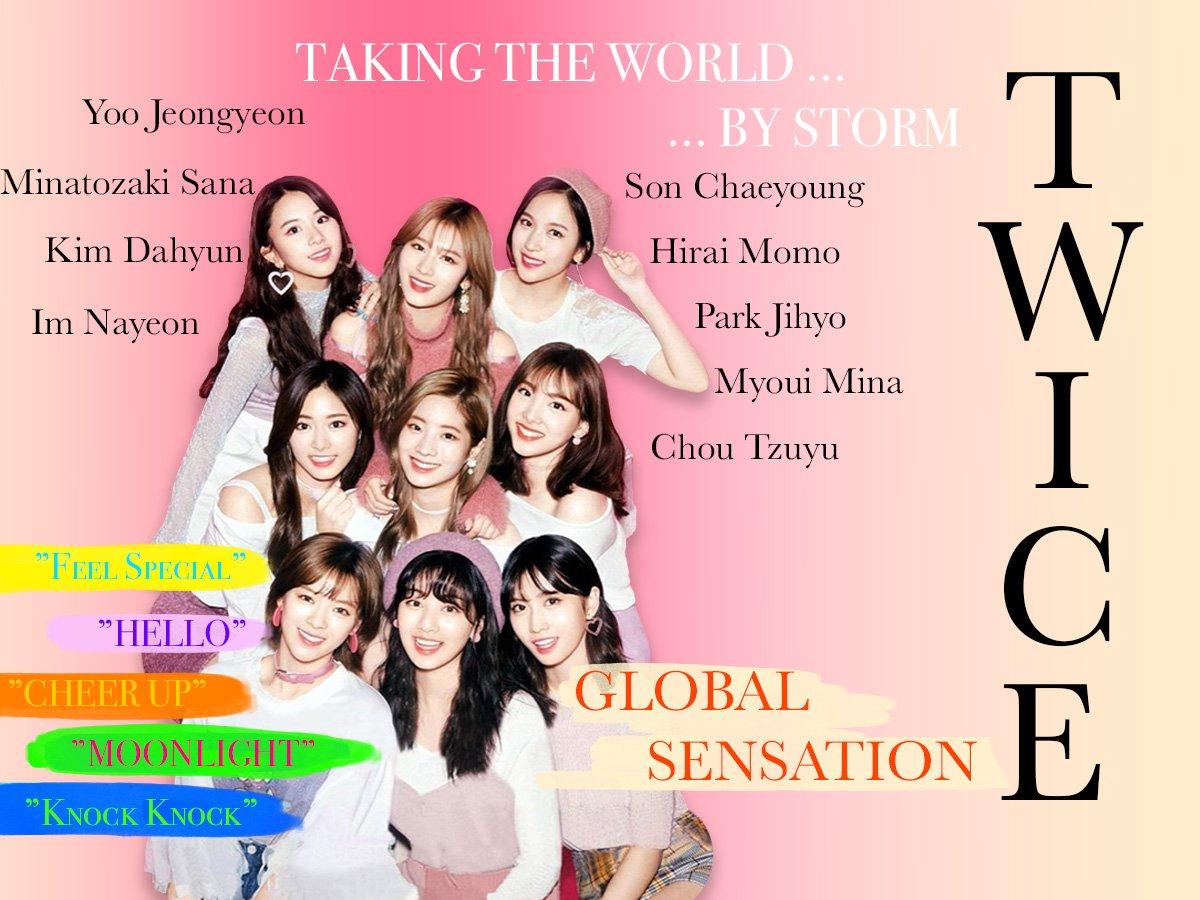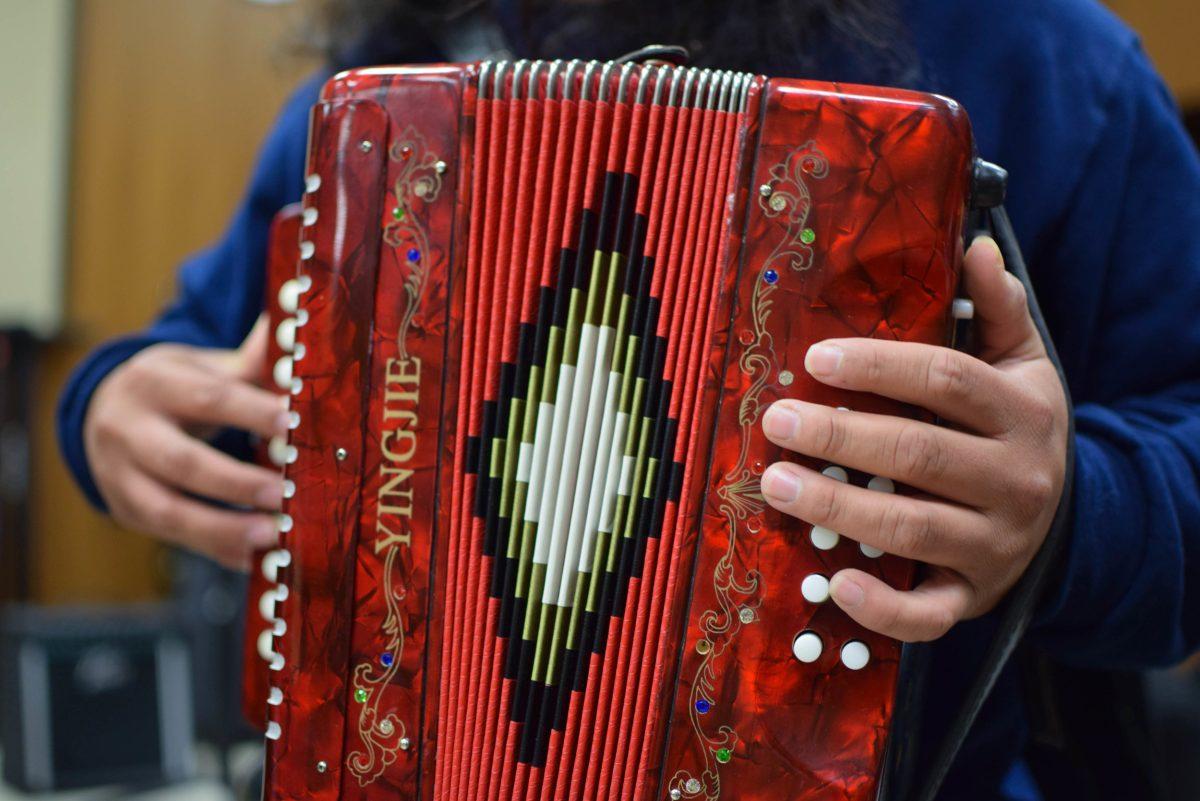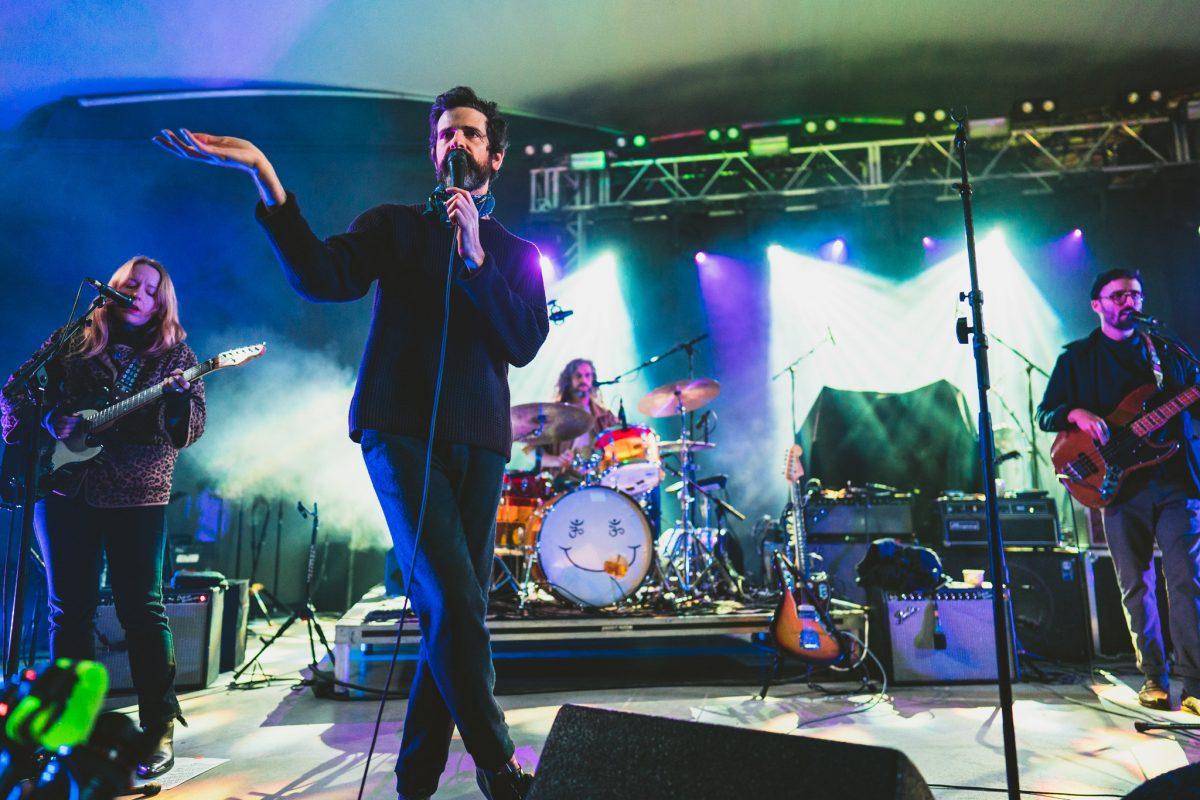Photo courtesy of Rolling Stone
Ever since #TomatoGate in 2015, people have noticed the lack of women being played on country music radio. Have things improved in the years since, or have they only gotten worse?
Story by Haley Kennis
On May 26, 2015, country music radio consultant Keith Hill made headlines with multiple controversial statements about female country singers in the industry magazine Country Aircheck. His most contentious comment compared women to tomatoes in a salad, and the next day #SaladGate and #TomatoGate were trending on Twitter as female music fans refuted Hill’s comments. Country singer Martina McBride asked other women in a Facebook post: “Do you not like to hear other women singing about what you are going through as women?” and “Did you girls (core female listeners) know you were being “assessed” in this way?” Hill’s comments not only angered female country stars and fans alike but also further revealed a deeply rooted issue about women in country music.
In the interview, Hill cautioned “against playing too many females” on country radio and that playing female artists back to back “is a no-no.” Hill stated that you had to “take females out” to make ratings, and that “women like male artists” more than female artists. The infamous statement was the final one in that section of the interview: women “are not just the lettuce in our salad. The lettuce is Luke Bryan, Blake Shelton, Keith Urban, and artists like that. The tomatoes of our salad are the females.” To Hill, women in country radio were not a necessary part of the genre, but a mere garnish.
There has been a serious lack of female representation on country airwaves over the past decade. According to Billboard’s 2013 Country Airplay Year-End Chart, only ten out of sixty songs were by women. This number only seems to be getting smaller with every year; in 2016 only eight out of sixty were songs by women and in 2018 the number was a measly seven out of sixty. When compared to the Hot Country Songs Chart from September 25, 1999, where six of the top ten country songs were by women, it is clear that there has been a major shift in whose country music is getting played on the radio today. This trend hit a new low in December of 2018 when, for the first time in the chart’s history, the Country Airplay Chart top twenty songs featured zero female acts. In the four years since #TomatoGate, women’s airtime on country radio has only continued to shrink.
If the number of women’s songs played on the radio didn’t seem minimal enough already, many of the songs played are by the same few artists. Country radio’s small batch of female country singers actually played makes it appear that the only women consistently working in country music today are Carrie Underwood, Maren Morris, and Kelsea Ballerini. That could not be further from the truth — there are countless female country artists today working outside of the narrow framework that Nashville radio deems acceptable. The most obvious example is Kacey Musgraves, whose brilliantly written and performed pop country skyrocketed her to stardom in the past years despite the radio giving her very sparse airtime. Caitlyn Smith was a songwriter behind the scenes for fifteen years and is now making new and inventive pop country herself. Natalie Hemby is another songwriter who released her own music in 2017 after writing smash hits for Miranda Lambert, Toby Keith, and Little Big Town. There are also endless amounts of women making music outside the mainstream in genres like folk country and alternative country such as Courtney Marie Andrews, Courtney Patton, Emily Scott Robinson and Lydia Loveless. All of these artists paint the unique stories of women through their songwriting and singing and their voices are needed in a genre still reeling from the effects of bro-country, modern pop country music only about men drinking beer, driving pick-up trucks, and leering at pretty girls. While some of these artists may be too outside the norm to make the airwaves, many of these women would be a welcome addition alongside the female artists already being played today.
Though these numbers paint a very bleak image of women’s place in the genre, it isn’t too late for things to change. Kacey Musgraves’ Album of the Year Grammy win for Golden Hour presents country radio with a massive opportunity. Before her big win, Musgraves sent her two singles “Space Cowboy” and “Butterflies” to the radio stations and only “Butterflies” peaked at number fifty-six on the airplay chart, making her give up on promoting singles to the radio at all. The radio considered her songs failures, but it is clear critics and fans didn’t. Now that Musgraves is widely known and loved, the radio has a chance to right the wrongs of the past and play her newest single “Rainbow.” Though the song has yet to catch on, Musgraves’ widespread success outside of the radio fights against Keith Hill’s claims from four years ago. Women across the country do want to hear female country artists and women’s music is important enough to win the biggest award at the Grammys. If Nashville can finally read the room and include Kacey Musgraves on their airwaves, they can open even more doors for other female country acts to carve a space for women in the radio again.
Country music today does not have to be a boy’s club. In a genre with a rich history of storytelling, country music provides female artists a unique place to share the joy, pain, loveand all of the stories that make up what it means to be a woman. Female driven country music could revitalize country in the mainstream and open people around the world to a genre they may have once dismissed. If women must be considered the “tomatoes” of the country “salad,” it should be in this way: they add flavor, color, and variety to the bland lettuce. As of right now, country radio wants to continue eating plain lettuce, but many people aren’t happy with their flavorless salad.











































